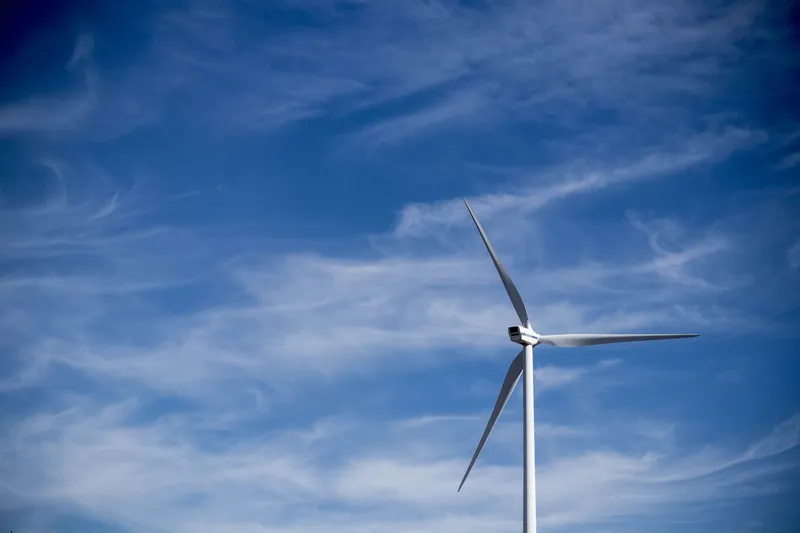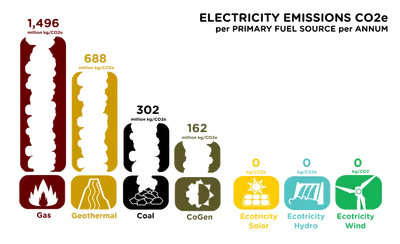Common misconceptions about wind power
17/03/2019

New Zealand is one of the countries most ideally suited to taking advantage of the power of wind to generate electricity. We’re already making strides in this area, with <>. We could be doing much better, but with decision-makers and lobbyists swayed by myths and misconceptions, wind gets a bad rep that it doesn’t deserve.
Let’s bust some of the most common myths about wind turbines and wind power.
Wind turbine noise is bad for people
There are lots of unsubstantiated stories about noise from wind turbines causing health and hearing problems for people and animals. A Dr. Nina Pierpont from the USA has claimed to be able to diagnose ‘wind turbine syndrome’ in families living near wind turbines. However, her study has been discredited by the NHS. Studies on the noise emitted from wind turbines has found there to be no significant infrasound noise, which is one of the main complaints levelled by wind farm detractors. The majority of evidence for health risks is anecdotal and usually from people who were already against wind turbines.
Wind turbines kill thousands of birds.
Environmentalists worried about the impact on local bird populations can rest easy. Studies have been conducted in the UK and conclude that the introduction of wind turbines result in no measurable changes to local bird populations.
Added to this, the report states that the greatest risk to birds is not turbines, but the climate change of which turbines are helping to address.
Wind turbines are inefficient
Wind turbine detractors like to throw numbers around like 30% efficient or ‘only working ¼ of the time.’ The reality is that turbines are producing electricity around 70-85% of the time, but the amount of power generated will depend on different factors.
The ‘30%’ number comes from the ‘load factor’ of a turbine – each turbine has a theoretical maximum output (if the wind was blowing full speed all year long). Most turbines perform around 30% of this theoretical output. That may sound low, but remember that a typical power station will be around 45-50%.
The more we use wind power in association with other renewable energy sources, the more we can challenge the current infrastructure we have and ensure we can continue to produce electricity without causing more harm to the environment.
What other myths have you heard about wind turbines? We’re ready to bust them all.







